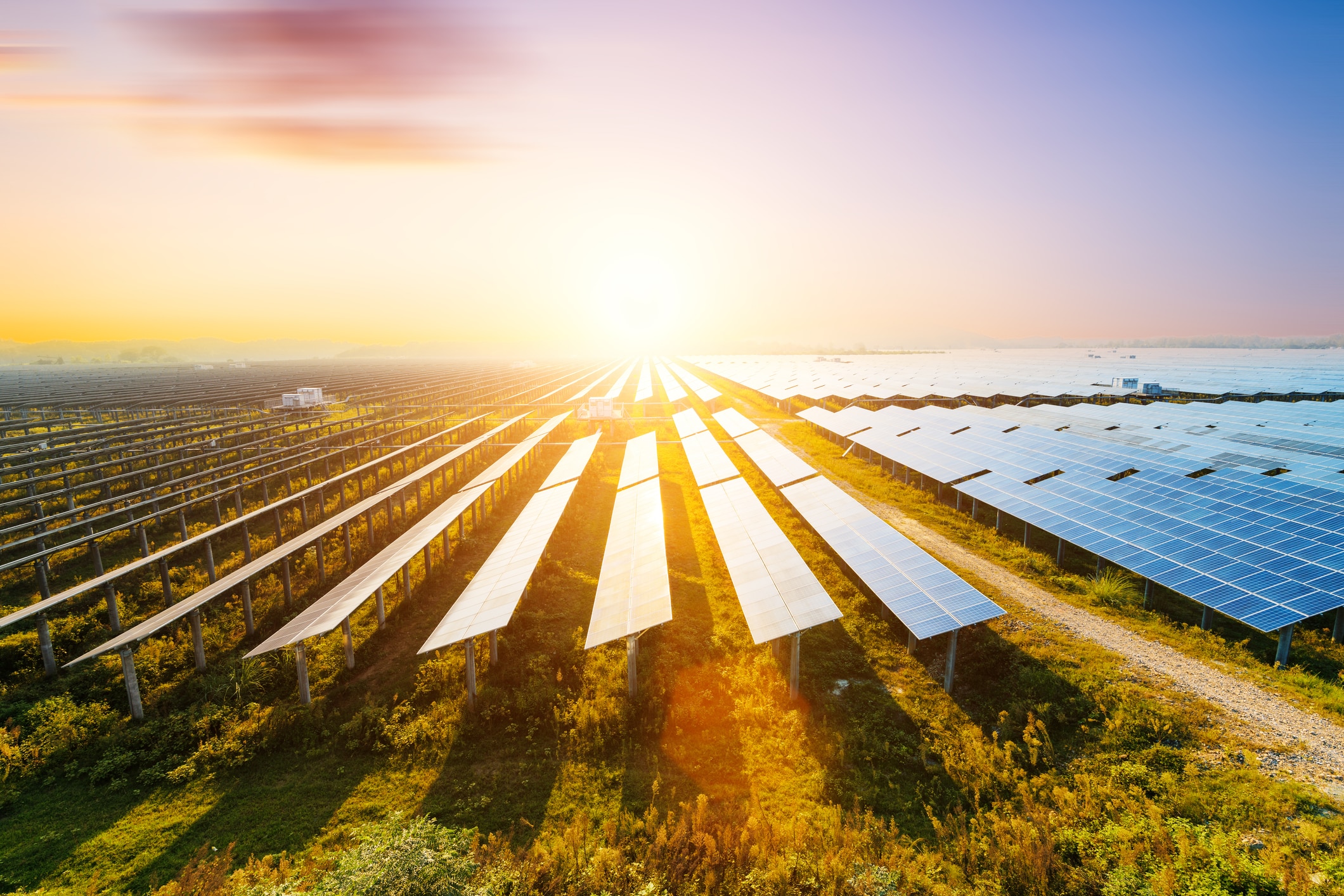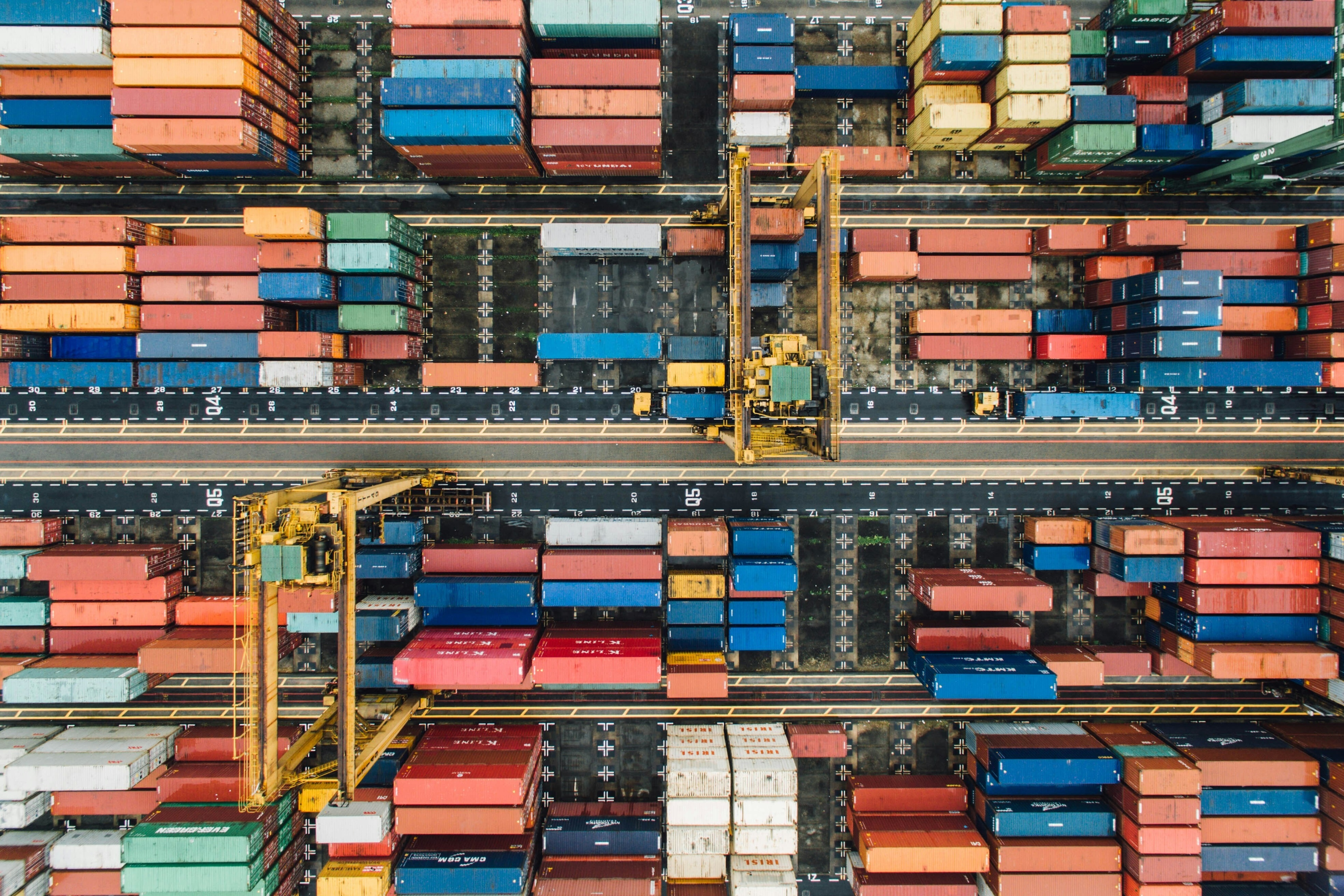4 ways climate change is opening the Arctic up for business

The Arctic's shrinking ice is opening up new frontiers in fishing, mining and seagoing freight.
Image: REUTERS/Yannis Behrakis
Stay up to date:
Arctic
This picture of a dog sled in Greenland went viral around the globe.
Accept our marketing cookies to access this content.
These cookies are currently disabled in your browser.
The dogs were running through ankle-deep water in an area that used to be covered in snow. The photo, taken by a Danish climate scientist, once again highlighted how parts of the Arctic are changing due to climate change. For years, the Arctic has not been the centre of mainstream news and policy making but a whole new area is opening up for business - and policy makers need to have a plan ready.
The temperatures in northern Greenland are at a record high. Forecasts estimate that Greenland’s ice sheet will have disappeared by the year 3000, which will lead to an increase in the world’s water levels of around seven meters. The media often focus on the consequences for major cities like New York, Rotterdam and Tokyo but there are changes happening in the far north as well.
The Arctic is located at the top of the world and connects 90% of the world’s economy. The region accounts for 15% of the land on earth, while hosting just 0.05% of its population. It sits on vast amounts of untapped resources; this includes a significant portion of the world’s buried petroleum, while Greenland alone holds about 10% of the world’s freshwater reserves.

The shrinking of ice on the Northern Sea Route will open new possibilities for shipping companies that today account for 2-3% of global CO2 emissions and around 80% of world trade journeys by sea. For a company like Mærsk, the largest shipping company in the world, shorter shipping routes will mean lower fuel costs, which will ultimately be better for the environment. The shipping line says it aims for net-zero CO2 emissions from operations by 2050.
In August 2018, Mærsk sent the first container ship through Russia’s Northern Sea Route from Vladivostok to St Petersburg, and thereby reduced its normal distance by 40% by going north instead of south. In June 2019, Mærsk announced that it would cooperate with the primary operator of icebreakers Atomflot, which shows that there is an increased willingness to explore these new opportunities. China is also showing a great interest in the new potential offered by the melting sea ice. With easier shipping, export routes are now changing. China has invested in Russian LNG (liquefied natural gas) and port facilities in the Arctic as a part of its Polar Silk Road strategy.
The Arctic is strategically located for global connectivity, and the melting Arctic ice creates new opportunities for the tech industry. The Finnish company Cinia and Russian MegaFon recently agreed to install a fibre optic cable across the Arctic Ocean, which will significantly reduce latency. Other technologies can also benefit from the cold climate and abundant hydropower in the Arctic. Some of the largest data centres are scheduled to be built in the region. One scientist calculated that downloading and streaming of the song Despacito by Luis Fonsi and Justin Bieber consumed as much electricity as Chad, Guinea-Bissau, Somalia, Sierra Leone and the Central African Republic combined in a single year. New data centres in the Arctic will not only help create new jobs in a region that is struggling with economic development and employment, but also significantly make data green.
Fishing is one of the key sources of income for the Arctic’s inhabitants - and new fishing territories will open when the ice melts. In the spring of 2019, the EU and the Arctic Five signed an agreement to prevent unregulated high seas fisheries in the central Arctic ocean. The key part of the agreement is to ban fishing in certain parts of the Arctic ocean until scientists confirm that it can be done sustainably.
A warmer climate will make mining possible in parts of the Arctic that were previously inaccessible. The region holds many of the raw materials that will form a key part of green technologies, like the rare-earth elements used in batteries for electric cars and wind turbines. Mines like the one in northern Greenland, near Citronen Fjord, owned by company Ironbark, have a large potential for extracting lead and zinc - but mining operations are limited at the moment because of the high costs.
In order to fully embrace the opportunities, there needs to be new, coordinated infrastructure projects in the region. An Arctic infrastructure plan for the region would better connect its remote areas. However, the challenge is also to pass more simple framework conditions for companies that operate in an environment in which European, American and Russian jurisdictions are in place.
Small steps have already been taken with a new super harbour in Nuuk that has made it possible for local shipping companies such as Greenlandic Royal Arctic Line and the Icelandic Eimskip to cooperate with the US State of Maine on transportation routes.
Economic development is important in the Arctic. The region should not only be associated with protective national parks but also as a place for doing business, making new investments and seizing opportunities that will enhance regional economic development and improve inhabitants’ lives. Climate change will have a strong negative impact in a vulnerable region, but it will also change the way business is being done. And who knows - perhaps some of the solutions to climate challenge might be hiding there.
Don't miss any update on this topic
Create a free account and access your personalized content collection with our latest publications and analyses.
License and Republishing
World Economic Forum articles may be republished in accordance with the Creative Commons Attribution-NonCommercial-NoDerivatives 4.0 International Public License, and in accordance with our Terms of Use.
The views expressed in this article are those of the author alone and not the World Economic Forum.
Related topics:
Forum Stories newsletter
Bringing you weekly curated insights and analysis on the global issues that matter.
More on Trade and InvestmentSee all
John Letzing
July 24, 2025
Anthony Cano Moncada
July 23, 2025
Lisa Satolli
July 17, 2025
Yusuf Maitama Tuggar
July 10, 2025
Bright Simons
July 7, 2025





